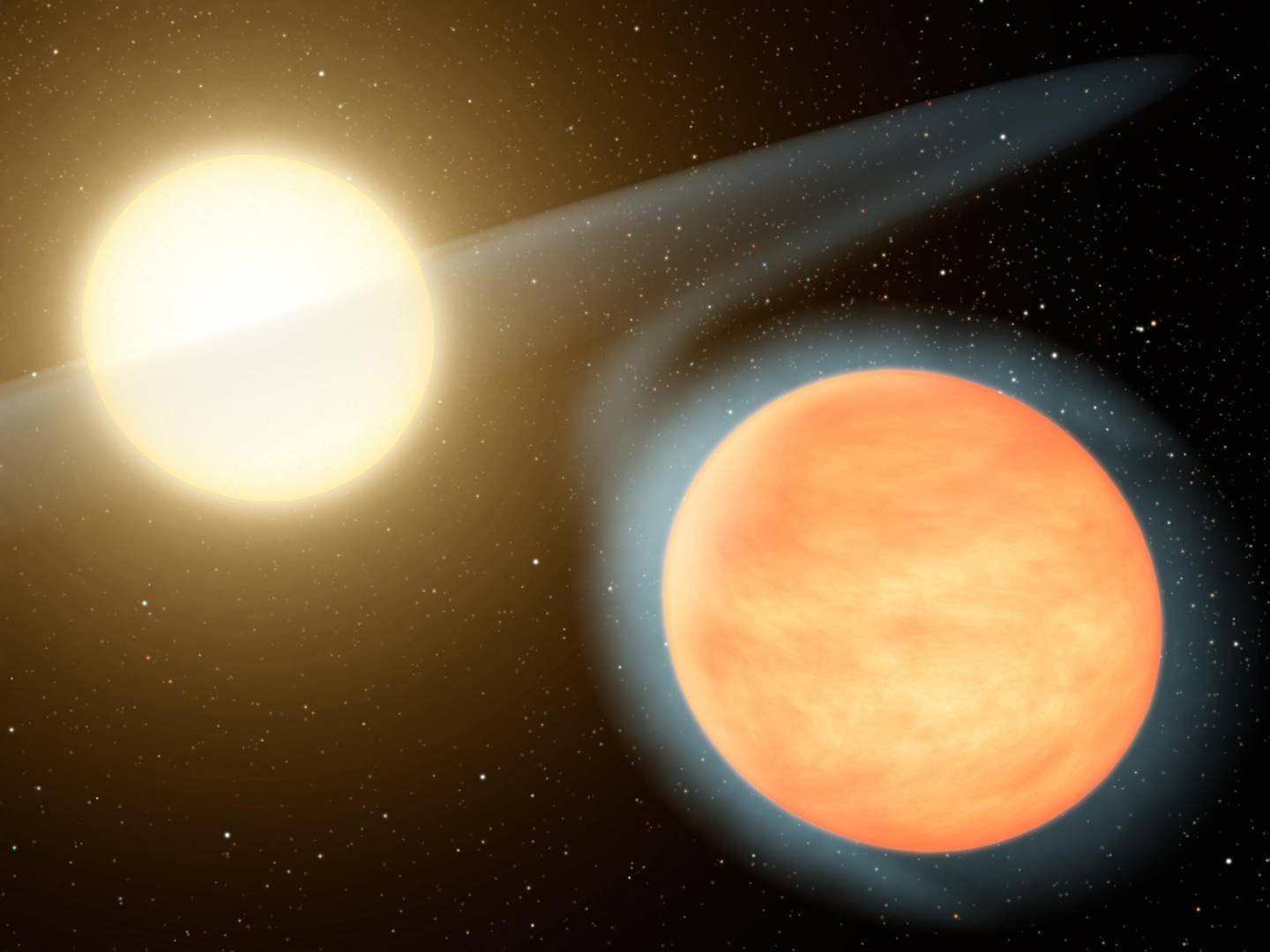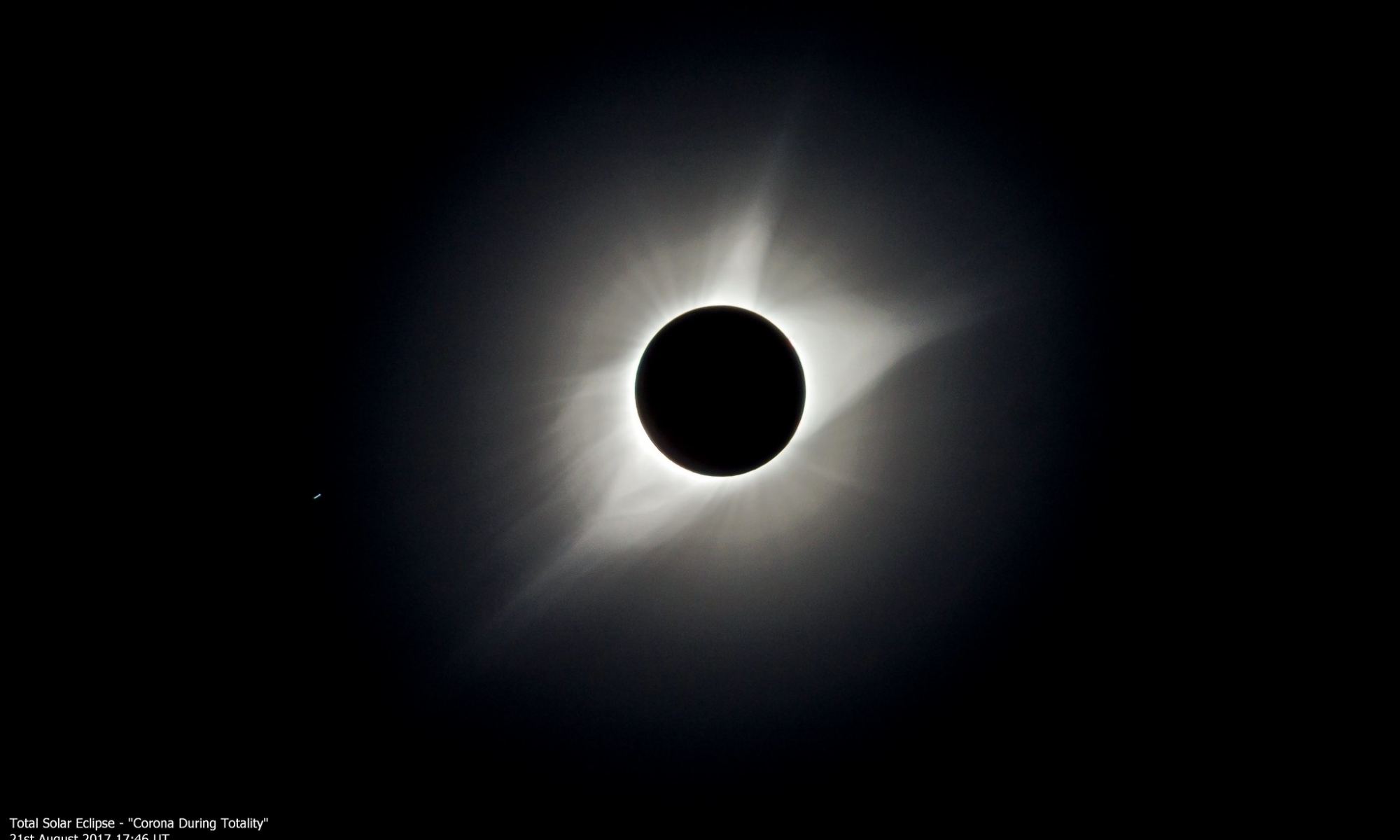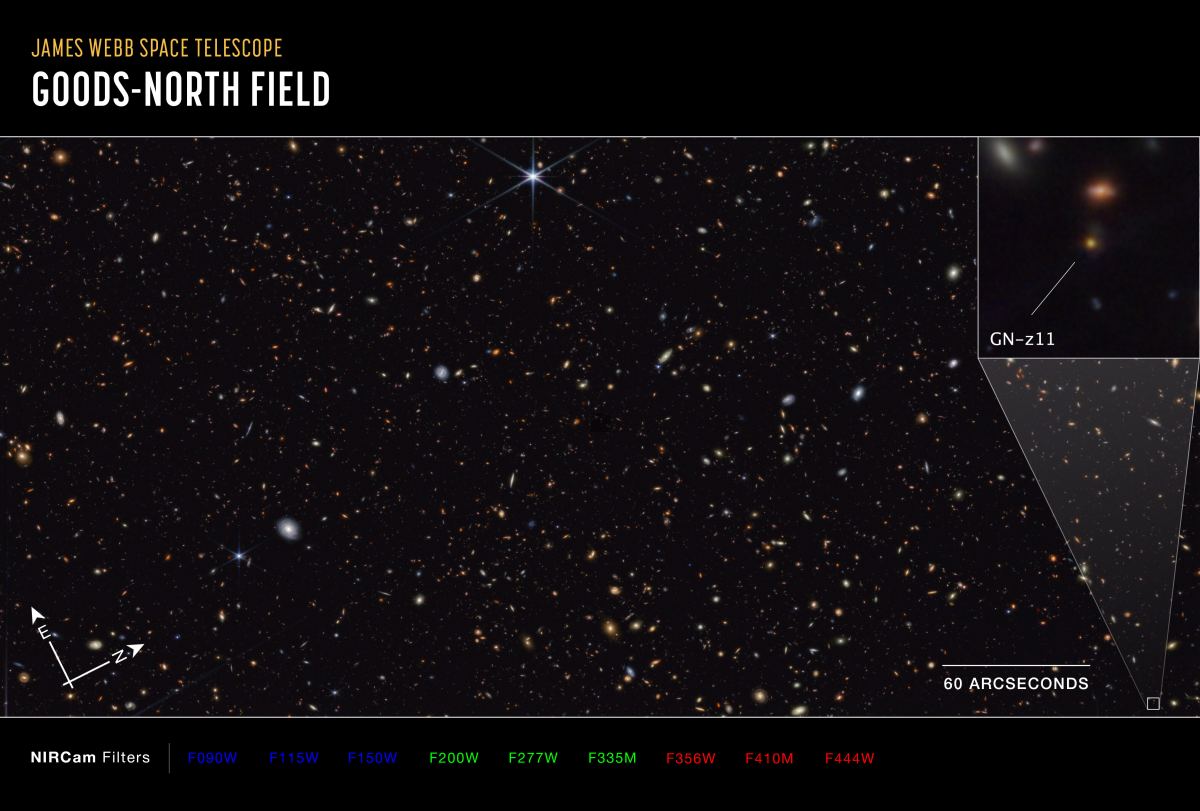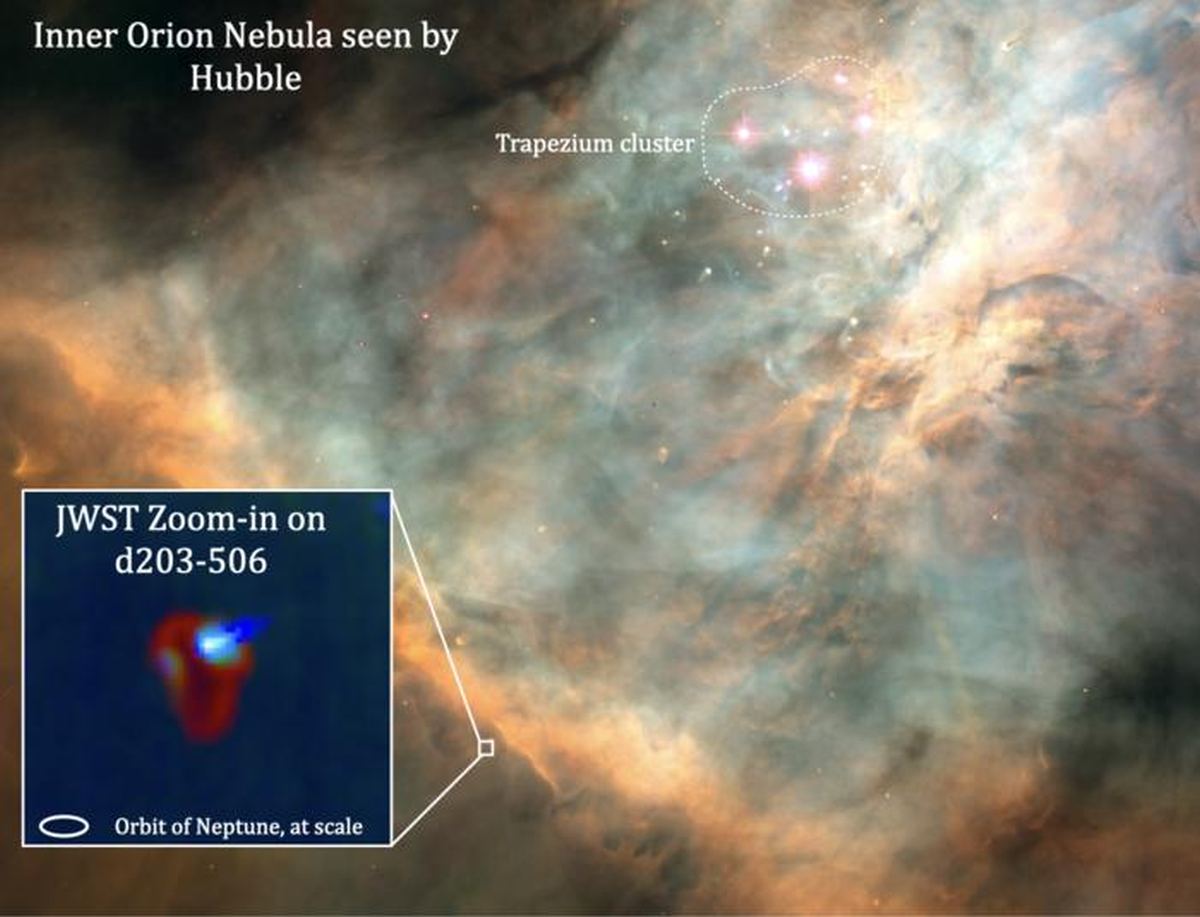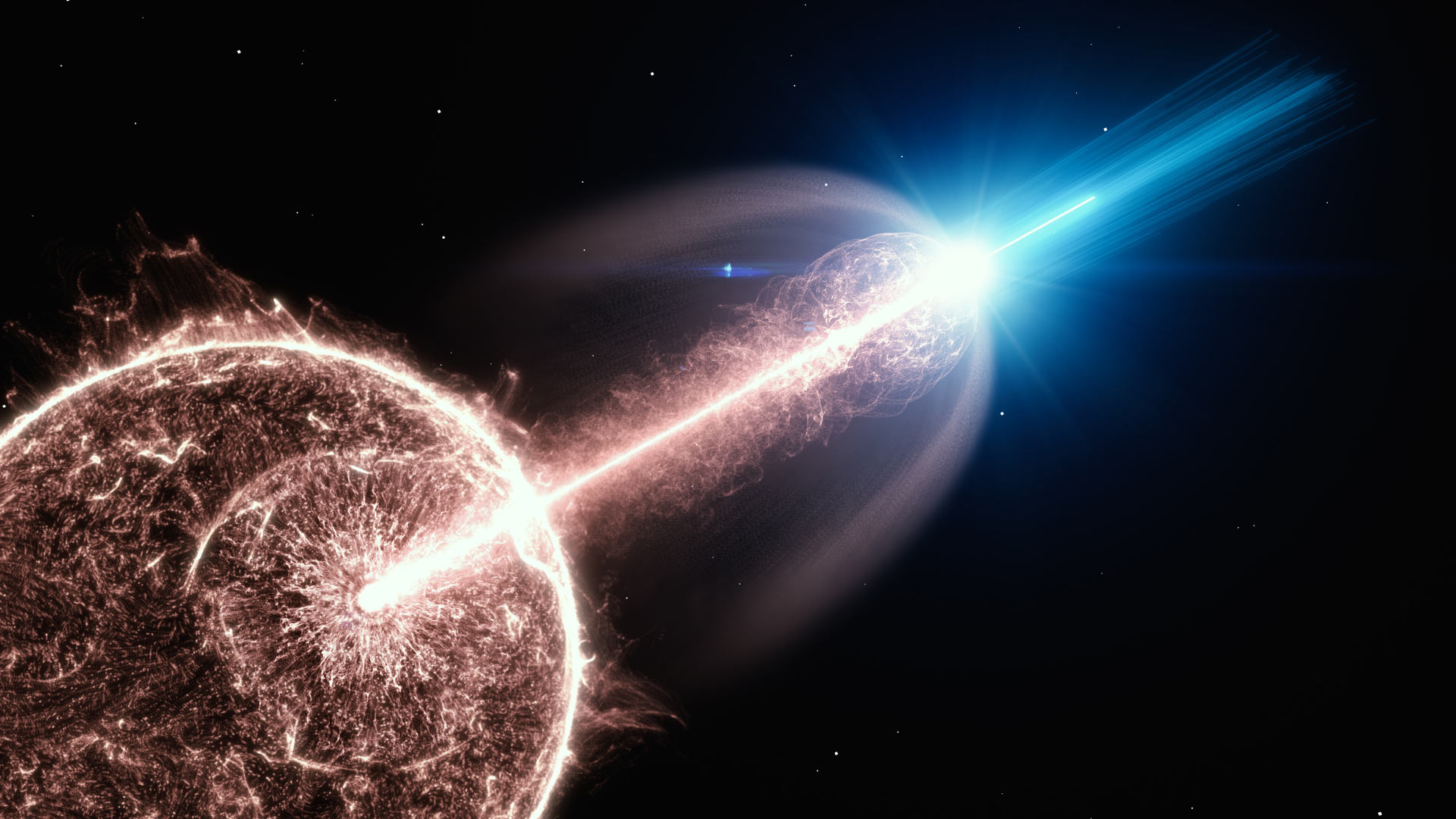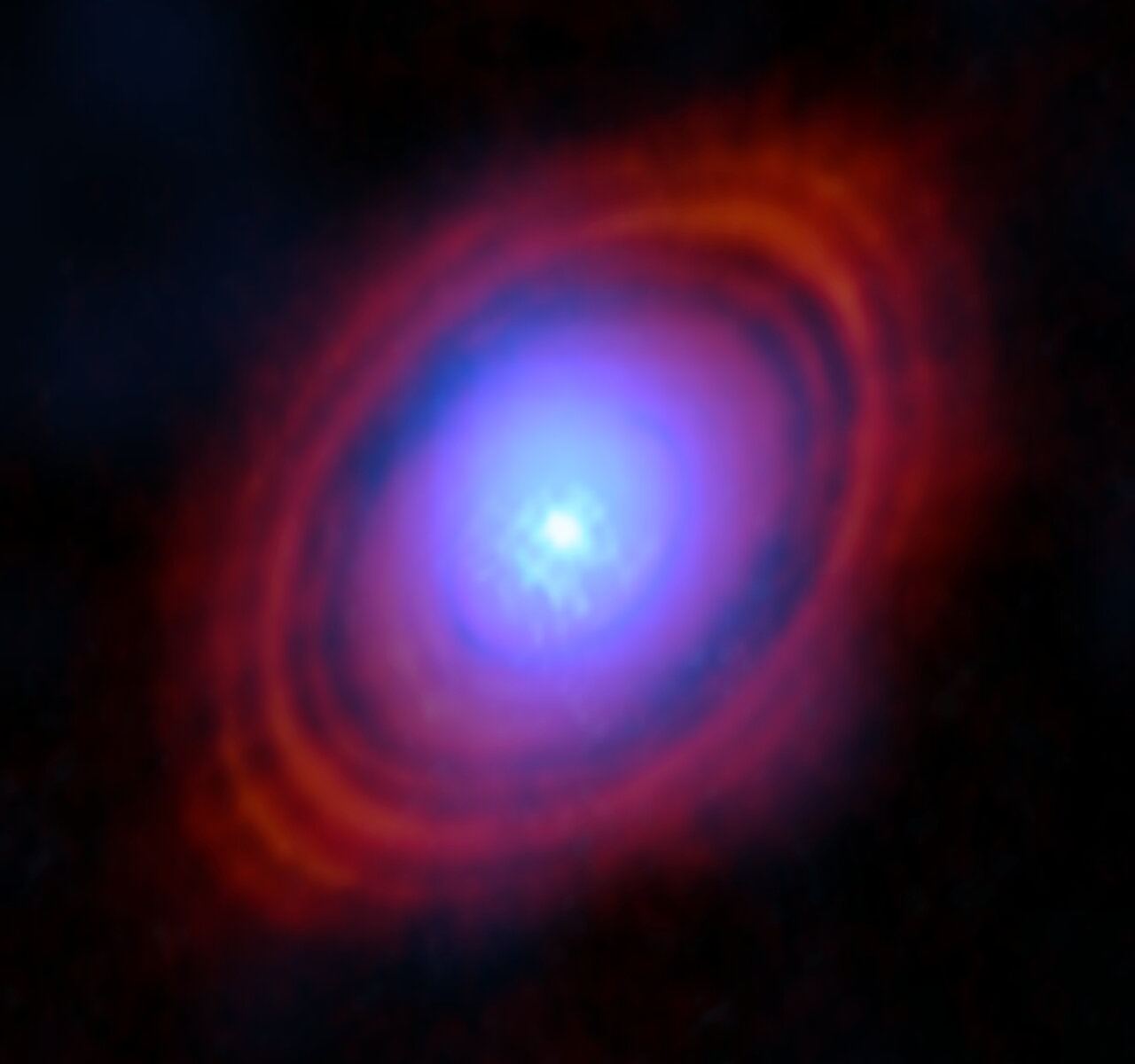Gamma-ray bursts (GRBs) are one of the most powerful phenomena in the Universe and something that astronomers have been studying furiously to learn more about their origins. In recent years, astronomers have set new records for the most powerful GRB ever observed – this includes GRB 190114C, observed by the Hubble Space Telescope in 2019, and GRB 221009A, detected by the Gemini South telescope in 2022. The same is true for high-energy cosmic rays that originate from within the Milky Way, whose origins are still not fully understood.
In a recent study, members of China’s Large High Altitude Air Shower Observatory (LHAASO) Collaboration discovered a massive gamma-ray burst (designated GRB 221009A) in the Cygnus star-forming region that was more powerful than 10 peta-electronvolts (PeV, 1PeV=1015eV), over ten times the average. In addition to being the brightest GRB studied to date, the team was able to precisely measure the energy spectrum of the burst, making this the first time astronomers have traced cosmic rays with this energy level back to their source.
Continue reading “A Giant Gamma-Ray Bubble is a Source of Extreme Cosmic Rays”



